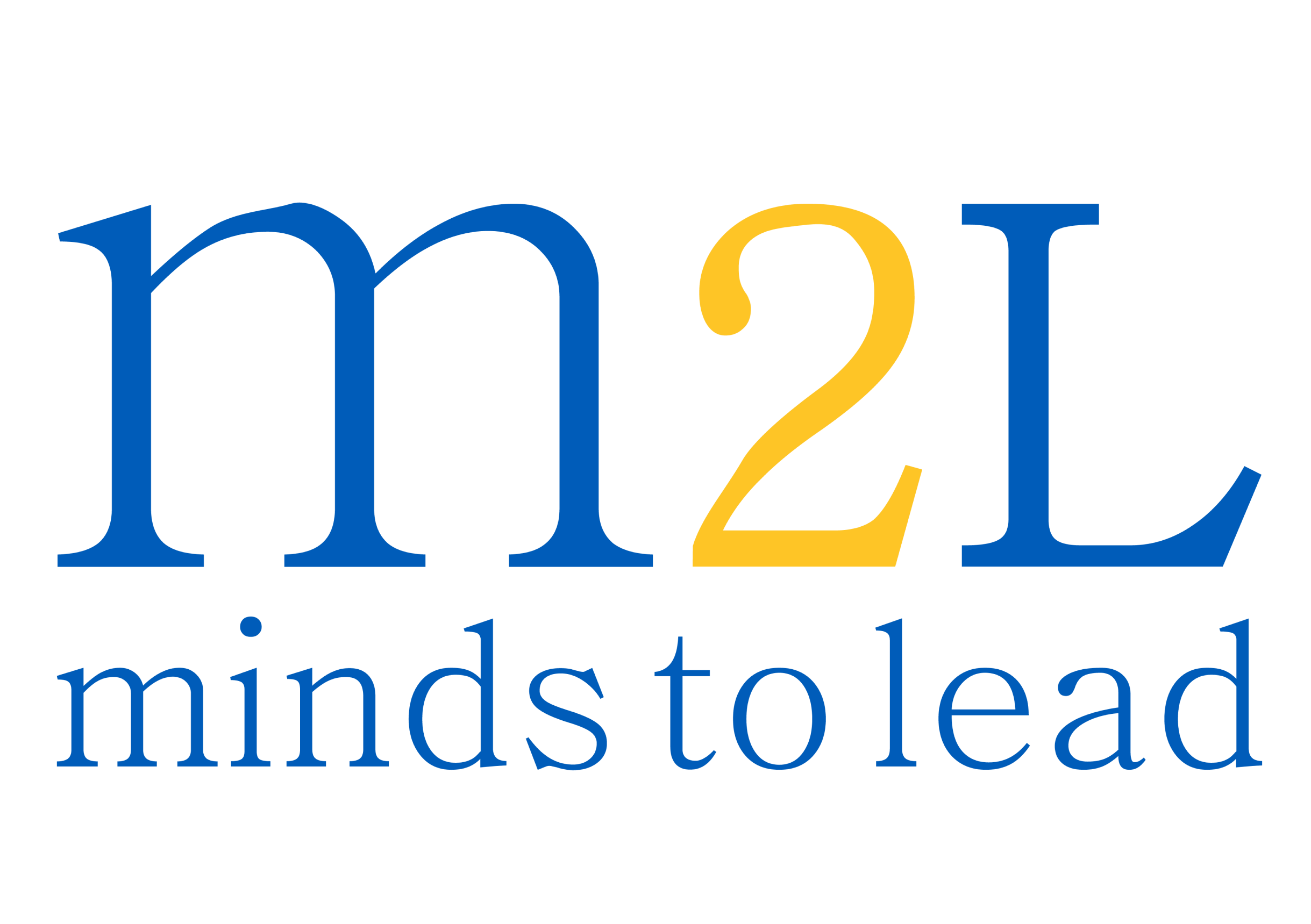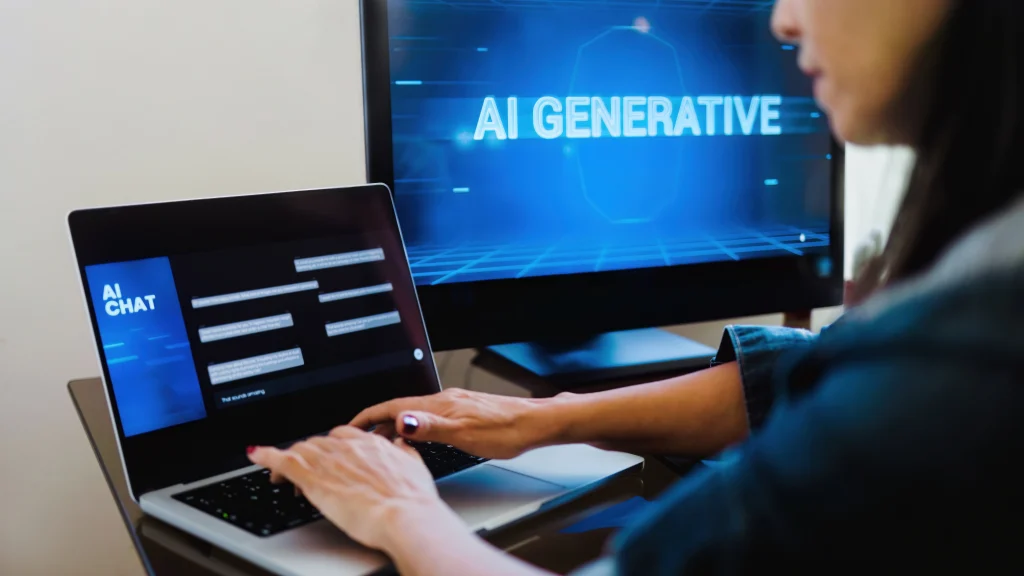As artificial intelligence continues to drive the digital transformation of industries, a select group of global tech giants are setting the pace for innovation in 2025. From natural language processing and video generation to enterprise automation and cloud integration, these companies are not just building advanced models—they are shaping the future of how we live, work, and interact with technology.
OpenAI: Shaping the Future of Generative AI
Founded in 2015 and headquartered in San Francisco, OpenAI remains at the forefront of AI development. Under CEO Sam Altman, the company is committed to ensuring that artificial intelligence benefits all of humanity.
- Key Models: ChatGPT, Sora (text-to-video)
- 2025 Highlight: Launch of the new “o1” model and the upcoming ChatGPT-5
- Strategic Partnerships: Reddit, News Corp
- Strengths: Creative AI, conversational depth, generative video content
DeepSeek: A New AI Force from China
Founded in 2023, DeepSeek is one of the fastest-growing AI companies, led by CEO Liang Wenfeng and backed by a major hedge fund. Known for its efficient architecture and transparency, the company’s rapid rise is marked by being named Apple Store’s “App of the Year” in the U.S.
- Key Model: DeepSeek LLM
- Use Cases: Corporate AI, mobile-first applications
- Strengths: Open-source advantage, global scalability
Microsoft: Architect of Enterprise AI
With over $80 billion invested in AI infrastructure and data centers, Microsoft has positioned itself as the backbone of enterprise AI.
- Key Integrations: GPT-4 via partnership with OpenAI
- Applications: Bing, Microsoft 365, Copilot, Azure
- Strengths: Deep enterprise integration, massive compute scale, AI-driven productivity tools
Anthropic: Ethical AI with a Practical Edge
Founded in 2020 by former OpenAI researchers, Anthropic focuses on building safe and aligned AI systems. Backed by Amazon, the company’s Claude 3.5 model stands out for its ability to interact with desktop environments.
- Key Model: Claude 3.5
- Use Cases: Content generation, system control, task automation
- Strengths: Intuitive interfaces, ethical focus, developer-friendly APIs
Alphabet (Google): AI at the Core of Innovation
Google’s parent company, Alphabet, has embedded AI deeply across its ecosystem—from Search and YouTube to Android and Google Cloud.
- Key Models: Gemini, PaLM
- Applications: NLP, computer vision, digital assistants
- Strengths: Search dominance, cross-platform integration, advanced multimodal capabilities
Nvidia: The Engine Behind AI Computing
As the global leader in GPU technology, Nvidia powers the infrastructure behind most large-scale AI models.
- Core Platforms: CUDA, TensorRT, NVIDIA AI Enterprise
- Focus Areas: Deep learning, autonomous systems, AI training at scale
- Strengths: High-performance computing, ecosystem tools for developers
Meta: Driving Social AI and the Metaverse
Formerly Facebook, Meta has leveraged AI to personalize and protect experiences across its platforms—Instagram, WhatsApp, and Facebook.
- Key Models: LLaMA (open-source LLM)
- Use Cases: Content recommendation, AR features, moderation
- Strengths: Open-source community, metaverse vision, social-centric AI
IBM: Trusted Face of Enterprise AI
One of the oldest tech companies still leading in AI, IBM focuses on transparent, scalable solutions for industries like finance, healthcare, and logistics.
- Key Models: Watson, Granite
- Applications: Automation, document processing, code generation
- Strengths: Enterprise trust, explainable AI, domain-specific tools
Baidu: China’s Leading AI Innovator
With its Ernie model series, Baidu leads China’s generative AI race. Its solutions power search, cloud, smart vehicles, and more.
- Key Model: Ernie / Ernie Bot
- Use Cases: Language models, cloud services, autonomous driving
- Strengths: Localized AI, large-scale integration, public sector applications
Alibaba: AI-Powered Commerce and Cloud
Best known for e-commerce, Alibaba is redefining business intelligence and customer experience with its Qwen 2.5 model.
- Key Model: Qwen 2.5
- Use Cases: Retail intelligence, cloud optimization, chatbot support
- Strengths: E-commerce integration, big data analytics, scalability
Comparison Table: Leading AI Companies & Models
| Company | Key AI Model | Primary Applications | Strengths |
| OpenAI | ChatGPT / Sora | NLP, text-to-video generation | Advanced generative models, creative AI, Sora’s video capabilities |
| Anthropic | Claude 3.5 | Desktop interaction, content generation | AI with computer control capabilities, Amazon-backed |
| Google / Alphabet | Gemini, PaLM | Search, NLP, computer vision, YouTube, Android | Google infrastructure integration, multi-platform usability |
| Microsoft | GPT-4 (via OpenAI) | Bing, Microsoft 365, enterprise tools | $80B investment in AI, strong cloud and enterprise integration |
| Meta (Facebook) | LLaMA (open-source) | Social media, content curation | Open-source AI, wide platform usage (Instagram, WhatsApp) |
| Nvidia | CUDA, TensorRT | GPU hardware, AI infrastructure | High-performance AI compute, developer toolsı |
| IBM | Watson, Granite | Enterprise AI, automation, healthcare, finance | Enterprise focus, open LLMs for document and code workflows |
| Baidu | Ernie, Ernie Bot | Search engine, cloud AI, autonomous driving | China’s AI leader, GPT-style models, localized data advantage |
| Alibaba | Qwen 2.5 | E-commerce, cloud infrastructure, business insights | Data-driven, cloud-commerce integration |
| DeepSeek | LLM | Corporate AI, mobile AI | Hedge fund-backed, Apple Store “Best App” recognition |
In 2025, the AI race is defined by specialization, scale, and strategic alliances. From conversational assistants and video generation to enterprise automation and mobile-first AI, each of these companies offers a distinct vision for the future. Staying informed on these developments is not only valuable for technologists—it’s vital for businesses, investors, and consumers navigating the digital future.



